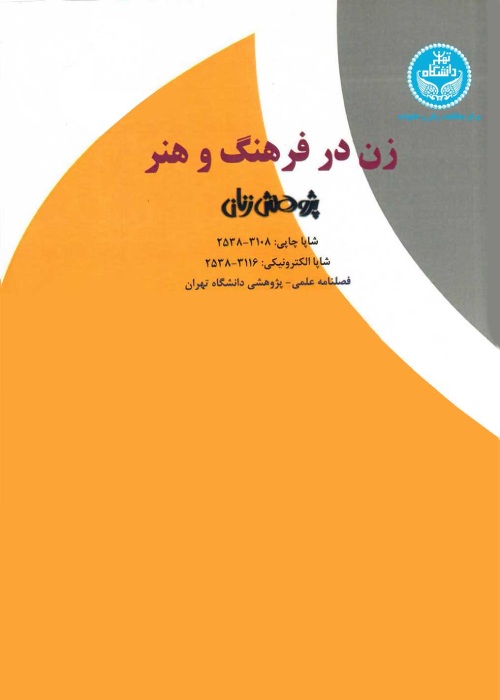Semiotics of female character in Nizar Qhabani's poems relying on Philip Hamon's theory
Character is a fundamental category in Arab literature, influencing both literary and nonliterary works. In resistance poetry, its significance is particularly conspicuous and vibrant. In order to double the impact of one's own words on the audience, the poet may express the characters indirectly and without specifying their names at times, as a result of the political and social conditions in the war-torn regions. At other times, the poet may do so explicitly. The character within the poem serves as an embodiment of the poet's thoughts and imagination. Through the portrayal of a living individual and the immersion of that persona into the realm of his imagination, the poet endeavors to establish a meaningful connection with the readership while also allowing the character to embody his own sentiments and behaviors. Philippe Hamon, a renowned and contemporary French theorist, is among the few authorities who has a precise and exhaustive theory of the context of character. A comprehensive understanding of the hidden meanings and concepts in characters can be attained by adhering to his perspective, which incorporates the views of earlier theorists.By conceptualizing character as a symbolic context comprised of the signifier and the signified, Hamon broadens the fundamental semiotics of character. In doing so, he argues that character is not merely a psychological construct, but rather a real-world entity. Characters are processed in accordance with four principles, according to Hamon's theory: types, character dimensions, signifier, and signified. As a result of the shift in the political and social climate of the modern era, which compelled Nizar Qabbani to address women's issues and defend their violated rights, he devoted considerable poetic space to this segment of society and depicted the physical and spiritual beauty of women. Nizar's poetry exemplifies the exquisite unity of women and poetry; these two elements are so intertwined that they cannot be separated; this is the reason why she has earned the reputation of a woman poet within the realm of Arabic poetry. Hence, the poet's poems prominently feature the female context. The present study employs a descriptive-analytical approach and draws upon Philip Hamon's personality theory to analyze the diverse facets of the female persona in Nizar's poetry courts. While emphasizing the significance of this context in Qabani's poems, it also clarifies its function as a means of conveying the poet's intended message. In conclusion, the research findings indicate that Nizar Qabbani's poems comprehensively illustrate every facet of Philip Hamon's theory. By opting for a moderate approach rather than ambiguity and a direct tone when expressing ideas in his poems, he has effectively increased the value of his poetry. One could say that Nizar's poetry and thoughts have elevated and evolved the status of women; the majority of the female characters in his romances are figurative, which is consistent with the general tone of his poems concerning the corrupt Arab society of the time. It is compatible because the poet often had to suffocate and communicate his ideas in an invisible manner. Furthermore, since he does not believe in the central reader, he employs the method of application the pronoun of the audience to represent the female characters. Thus, the character in question disappeared from the reader's mind and submerged her poem in an aura of ambiguity, which is the consequence of the ominous phenomenon o Furthermore, one may observe an intermediary, a pointer, or a reference, in addition to virtual characters. Frequently, the external and psychological aspects of the description of the female character are conveyed, and the poet employs a variety of literary devices, particularly similes, to establish an intimate connection with the reader. The reader is able to readily envision the poet's depicted character. Furthermore, an examination of the meaning reveals that the majority of the information regarding the nature of women originates from the poet himself. This is evident on both quantitative and qualitative levels, with the poet's descriptions being melancholic in the quantitative sense. And to evoke empathy in the audience, he added melancholy; he utilized both direct and indirect methods in the qualitative dimension. However, upon closer examination of the evidence, the reader discerns a discrepancy between the characters' portrayals and their actual performances, leading to the conclusion that the nomenclature and origin of certain characters are not connected to Hamon's theory
- حق عضویت دریافتی صرف حمایت از نشریات عضو و نگهداری، تکمیل و توسعه مگیران میشود.
- پرداخت حق اشتراک و دانلود مقالات اجازه بازنشر آن در سایر رسانههای چاپی و دیجیتال را به کاربر نمیدهد.




